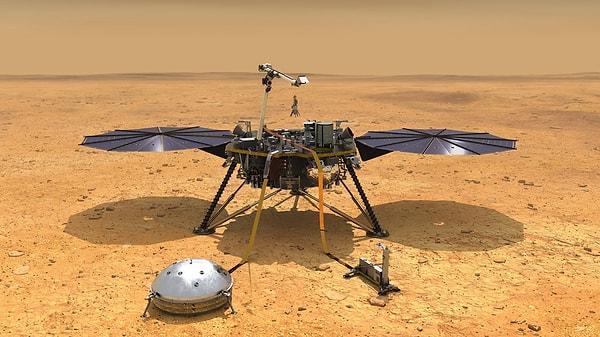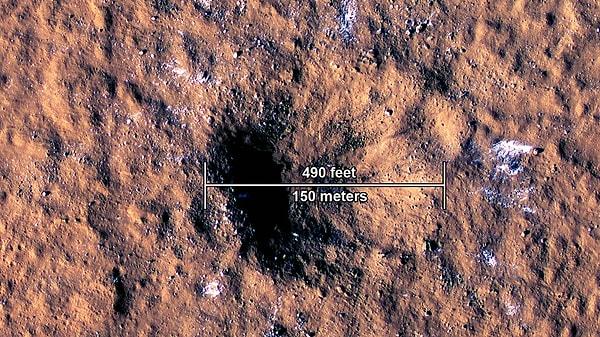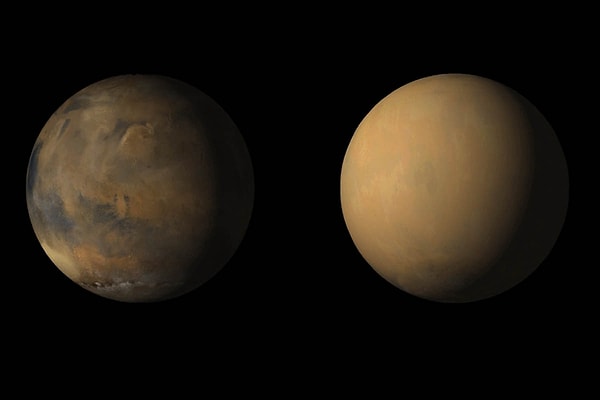NASA’s InSight Lander Captures Large Meteoroid Impact On Mars

The InSight Lander, a NASA spacecraft, sensed ground quakes seemingly coming from the meteoroid strike impact, whereas the Mars Reconnaissance Orbiter's cameras observed the newly formed crater from space.
The spacecraft captured a magnitude 4 marsquake on December 24, and yet researchers only discovered what caused it later on, which was a meteoroid strike that's assumed to be one of the largest seen on Mars ever since NASA started exploring the planet.
Furthermore, the meteoroid’s impact caused giant ice chunks to emerge from a surface near the Martian equator than it had previously been discovered, which was a revelation that has implications for NASA's future goals of dispatching astronauts crew members to Mars.
When scientists carefully examined the differently dated MRO images and discovered a new crater, they quickly realized that the tremor was prompted by a meteoroid impact. The peculiar event and its consequences were documented in two papers published on Oct. 27 in the journal Science, presenting a rare opportunity to see how a massive impact shook the surface of Mars.

The humongous space boulder’s diameter was approximately 16-39 feet, which incinerated in our atmosphere but not within Mars' dense atmosphere, that's only 1% as dense as Earth's. The effect generated a crater 150 meters across and 21 meters deep. A portion of the debris flung by the impact traveled up to 23 miles.
“It’s unprecedented to find a fresh impact of this size,” said Ingrid Daubar, lead of InSight’s Impact Science Working Group. “It’s an exciting moment in geologic history, and we got to witness it.”
Because of the dirt accumulating on its solar panels, InSight's strength has dropped significantly over the past months. The space probe is now anticipated to discontinue within the following six weeks, effectively ending the mission.
NASA's InSight is probing the three layers of the Earth. The space mission is heavily reliant on seismic activity, which has revealed the measurements and structure of Mars' innermost layers. Since the spacecraft's landing in 2018, InSight has identified a total of 1,318 marsquakes, along with several generated by smaller meteoroid impacts.

The area where the meteorite crash landed was clearly visible in the Mars Color Imager's data, which enabled the crew to pinpoint a 24-h period when the impact happened. Such findings directly linked with the seismographic epicenter, concluding that the huge marsquake was prompted by a meteoroid impact.
'The image of the impact was unlike any I'd seen before, with the massive crater, exposed ice, and dramatic blast zone preserved in the Martian dust,' said Liliya Posiolova, leader of MSSS's Orbital Science and Operations Group. “I couldn’t help but imagine what it must have been like to witness the impact, the atmospheric blast, and debris ejected miles downrange.”
Keşfet ile ziyaret ettiğin tüm kategorileri tek akışta gör!


Send Comment